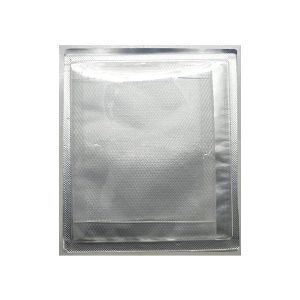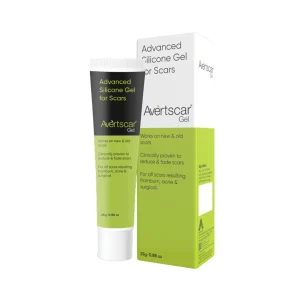Scar formation is the natural consequence of repair and represents the visible sequelae of trauma, injury, burn, or surgery. Large amounts of collagen (80-90%) of type I and type III collagen makes up a mature scar. Wound healing is an evolved and orchestrated process. The scar tissue may be raised
above the skin surface and hyperpigmented (darker). These traits may improve over time as the scar matures or form hypertrophic scars and keloids which are pathological scars resulting from abnormal responses to trauma. These abnormal scars can be itchy and painful, causing serious functional and cosmetic disability.
Topical applications :
Onion extract - possesses fibroblast-inhibiting properties that reduce fibroproliferative activity.
Heparin- strongly interacts with collagen molecules, inducing the formation of the thicker fibrils typical of a mature tissue and also promoting intermolecular bonding in collagen.
Imiquimod 5% - cream is an immune response modifier that stimulates interferon to increase collagen breakdown.
Oils in scar treatment - all oils have acidic pH which is an ideal environment for fibroblastic activity, cell migration, cell proliferation, and reorganization of collagen, which stimulates wound healing.
Rosehip oil significantly promotes wound healing and effectively improves scars (by inhibiting the process of epithelial-mesenchymal transition).
Pracaxi oil contains high amounts of oleic, linoleic, and behenic fatty acids. Enhances wound closure and improves wound healing.
Grape seed oil is rich in unsaturated fatty acids, especially linoleic acid;with acidic pH. Inhibits bacterial growth and accelerates the wound healing process.
Pressure therapy : In case of large scars due to burns, pressure garments are a commonly used conservative therapy. Option for scars are particularly popular for large burn scars. Mechanism of action involves mild hypoxia of the scar tissue caused by compression of local blood vessels.
Mechanical therapy:
Silicone gel sheets (SGS) have been used for the treatment of scarring. Mechanism involves occlusion, hydration, and the retention of increased moisture under the silicone dressing to improve hydration in the stratum corneum, which in turn may have downstream effects on fibroblast activity.
Oils in scar treatment
Earlier the start, better the scar modulation. Multiple therapy used in combination usually gives better results.
Cureka enables you to choose the best products to relieve the agony of scarring.... Read more..



